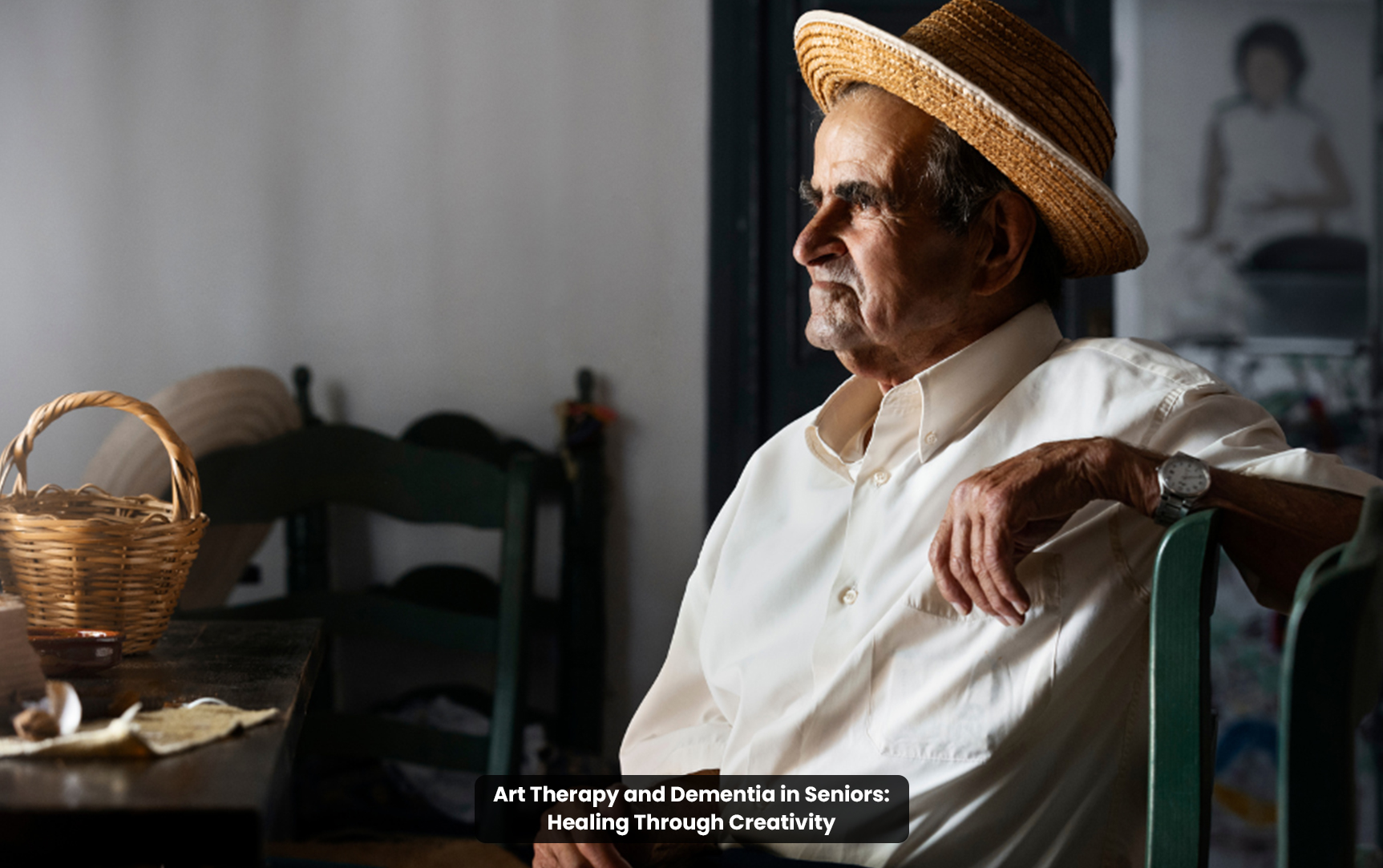
Yes, even seniors with advanced dementia can benefit from art therapy. The key is to simplify the activity, provide gentle guidance, and focus on sensory engagement rather than structured outcomes.
While professional art therapists offer specialized guidance, caregivers and family members can also facilitate simple art activities at home. The emphasis should be on enjoyment and self-expression rather than technique.
The frequency can vary depending on the individual’s interests and abilities. However, incorporating art therapy sessions a few times a week can provide consistent cognitive and emotional benefits.
Ashiana, Ashiana Housing build homes. Homes surrounded by vast green spaces and fresh breeze. Homes cocooned in secured gated complexes. Homes where futures are forged and there are opportunities to grow. And Homes in environments brimming with healthy activity, trust and respect. At heart, we build communities with care.
Other posts by Ashiana
Join 1000+ of fellow readers. Get expert real estate knowledge straight to your inbox absolutely free. Just enter your email address below.